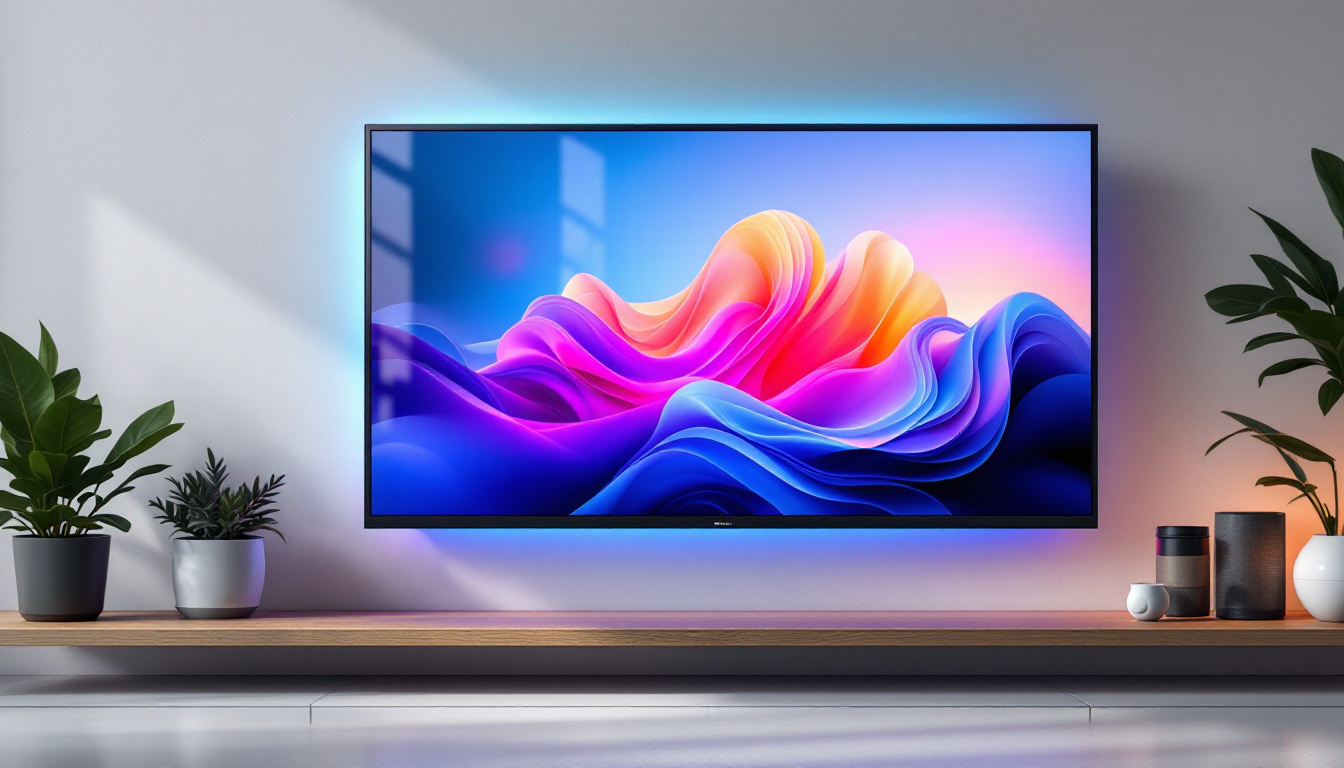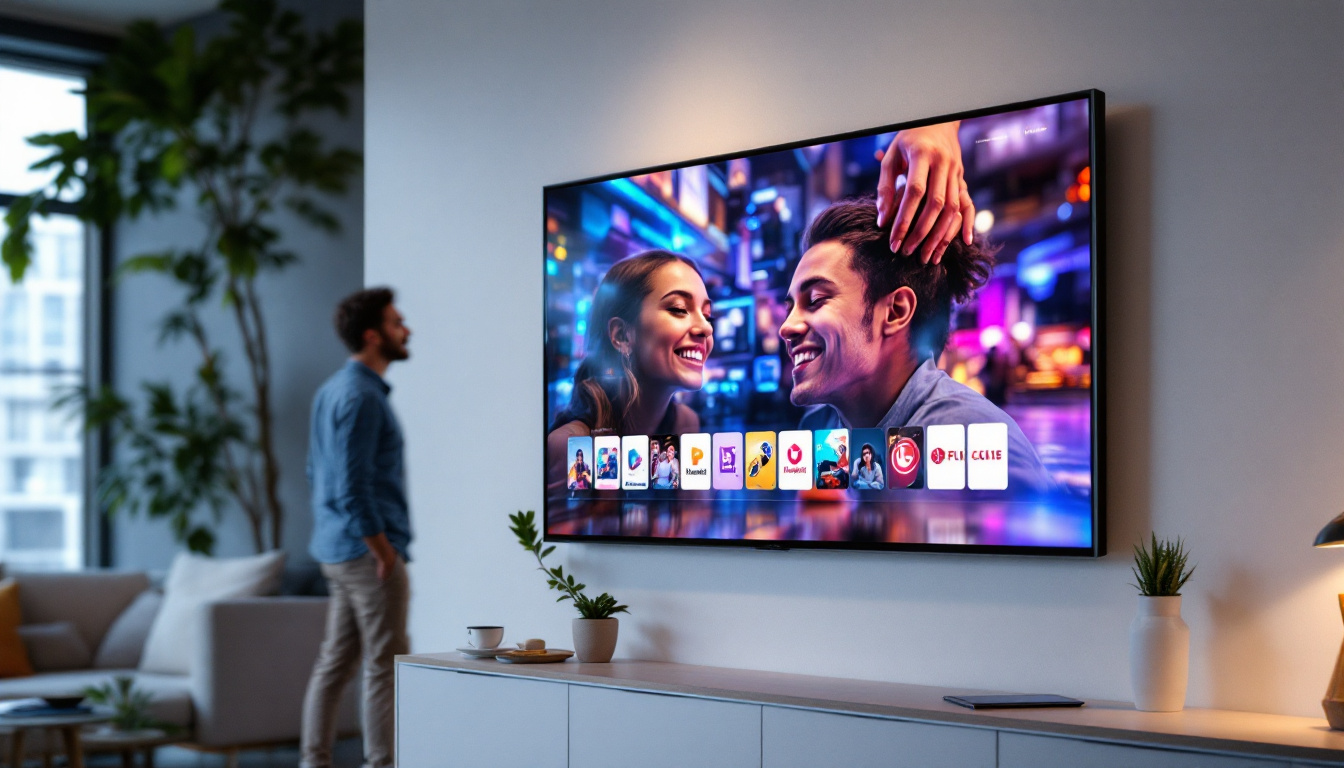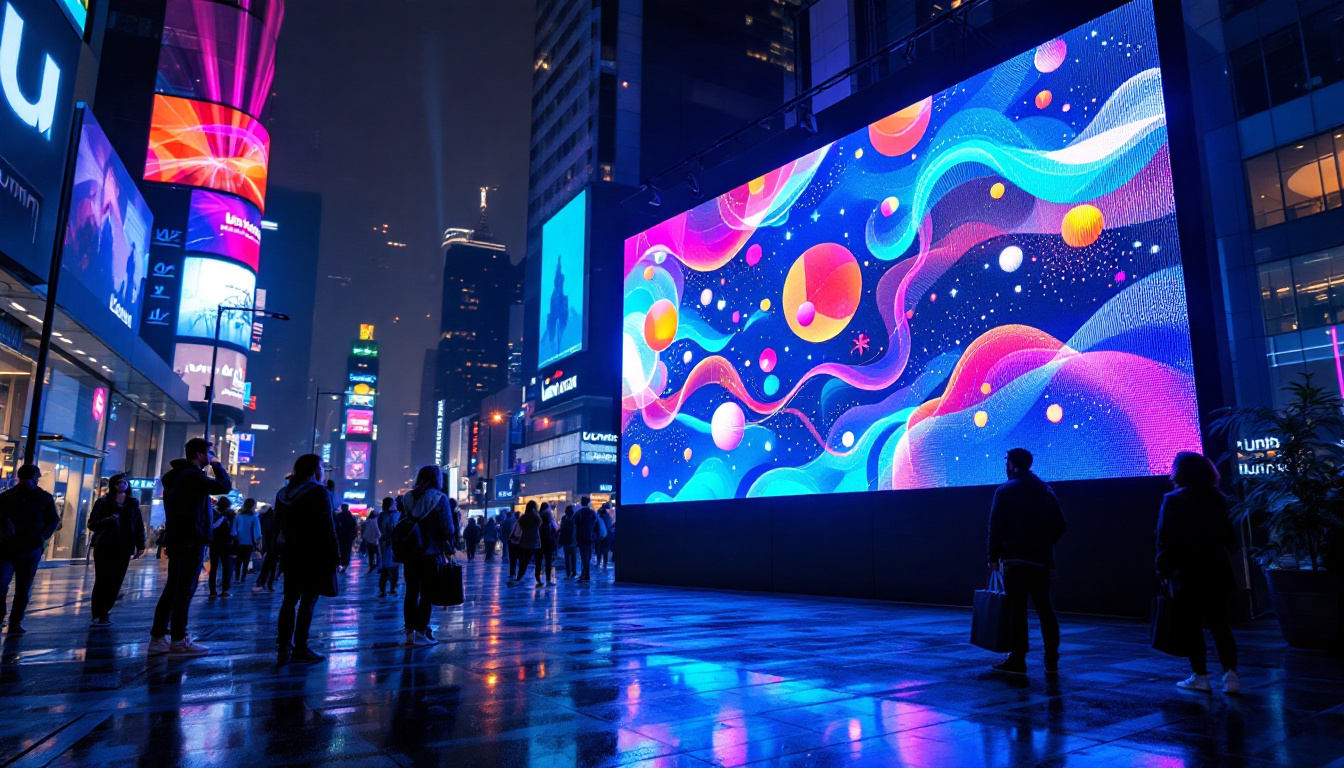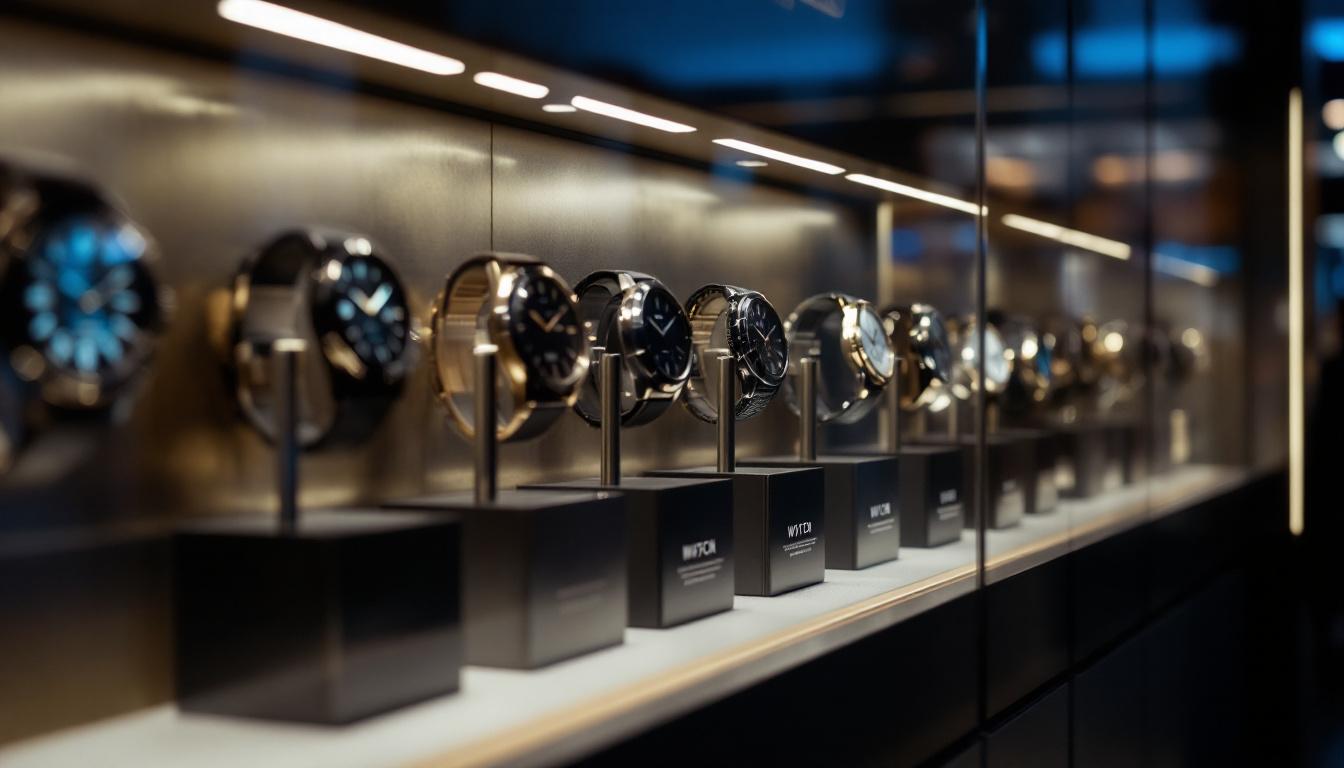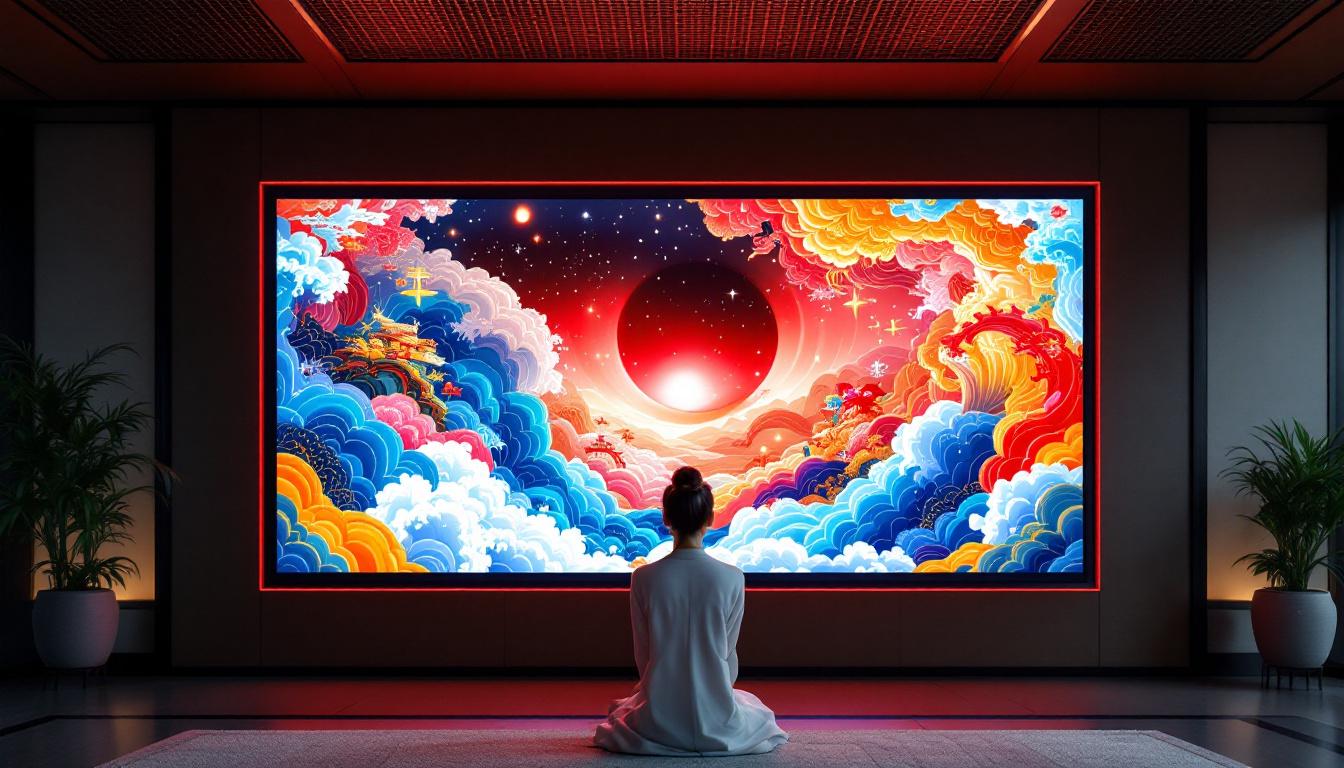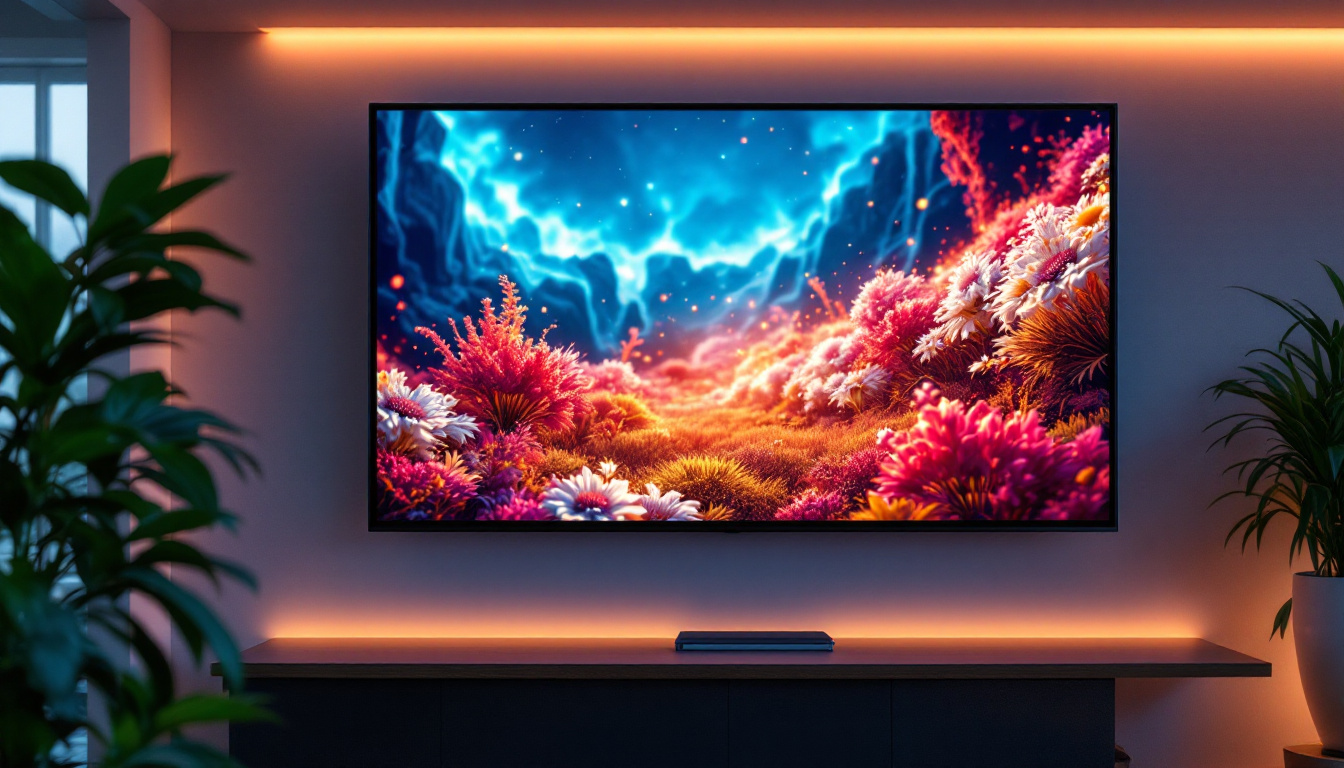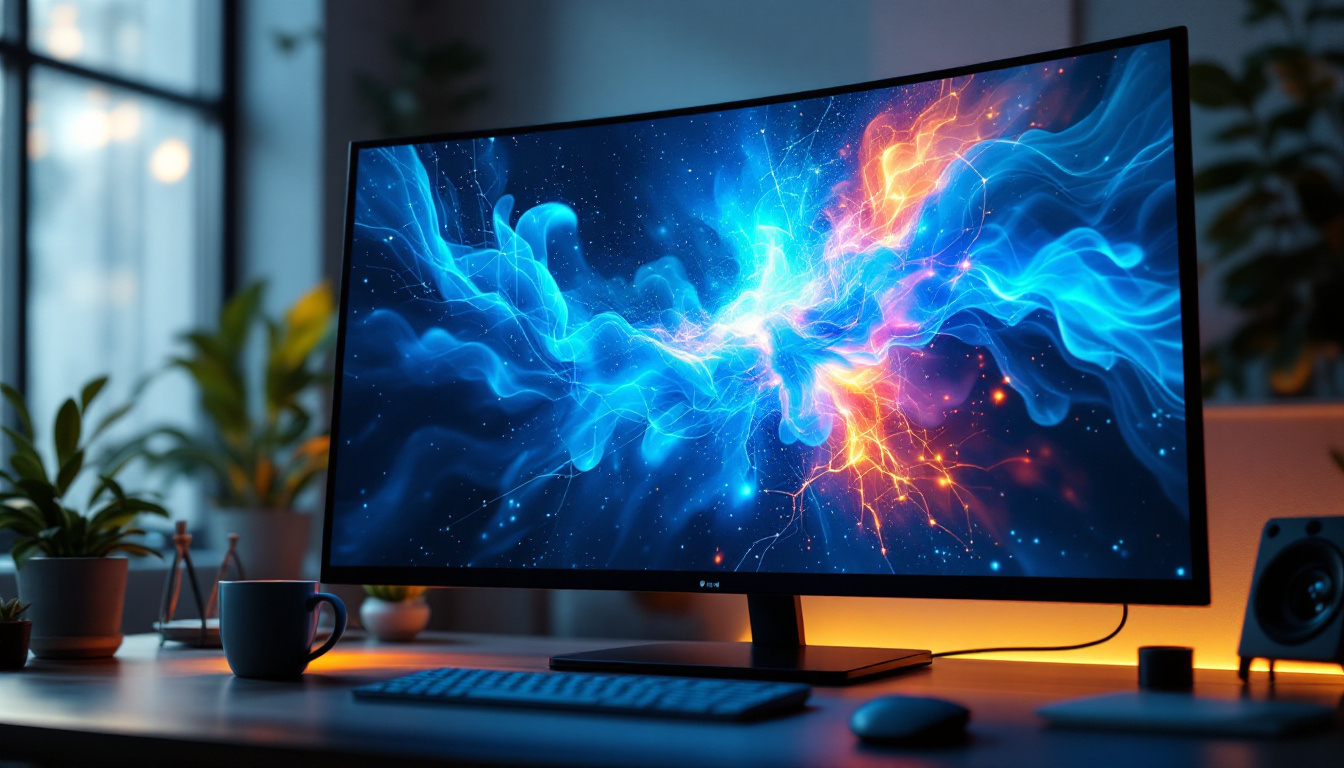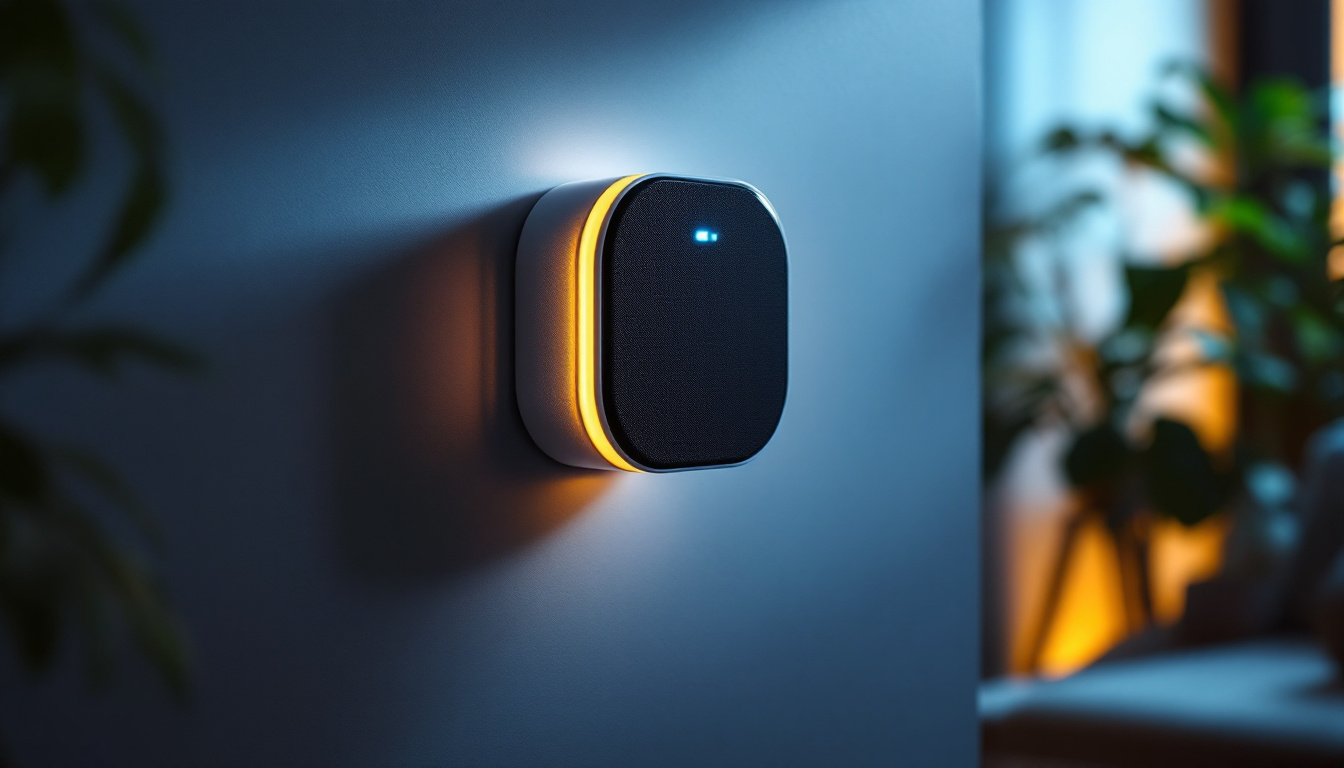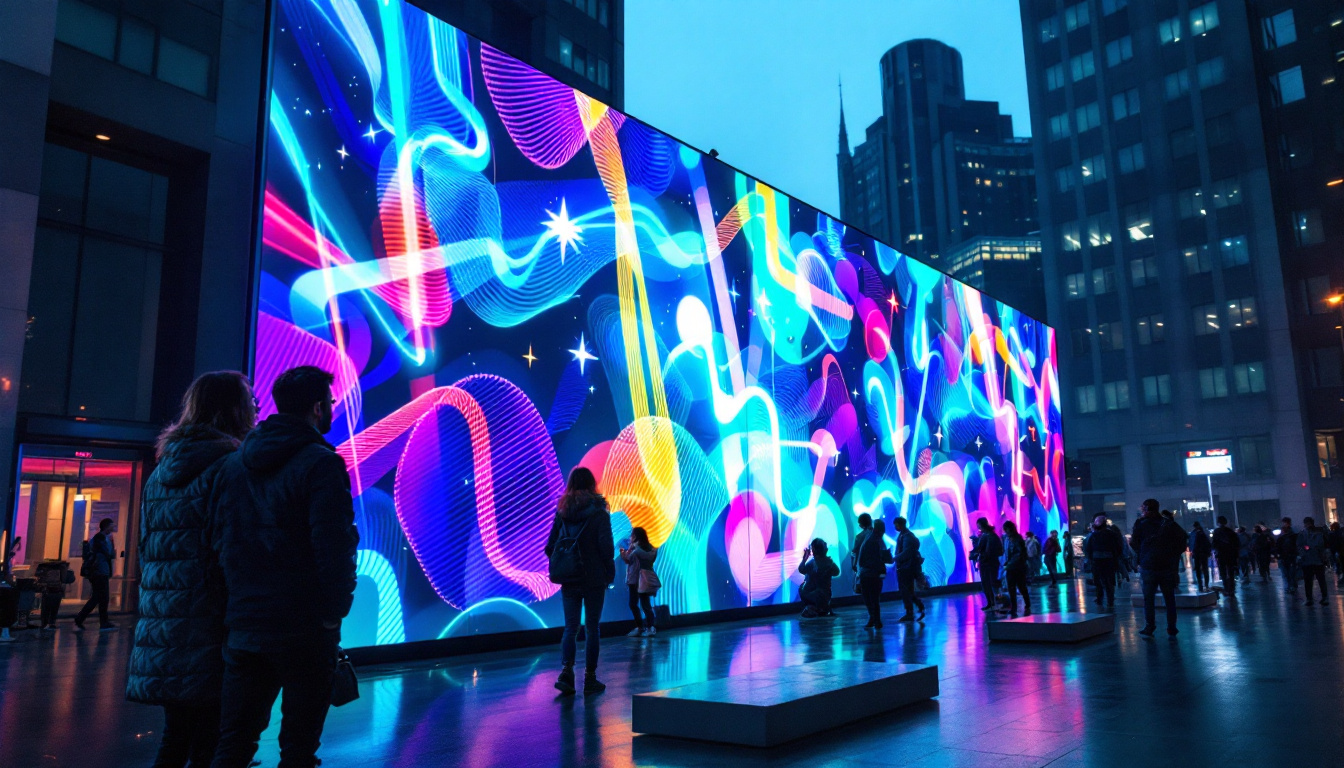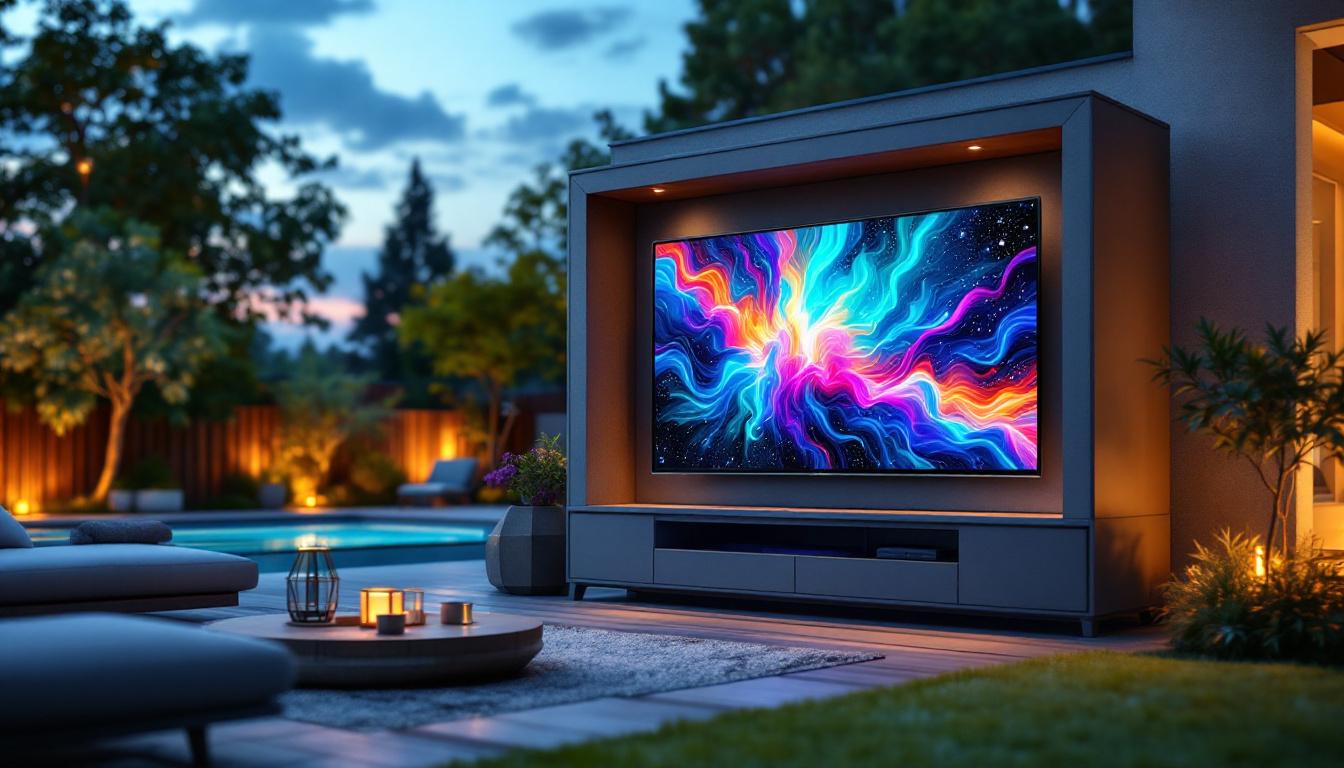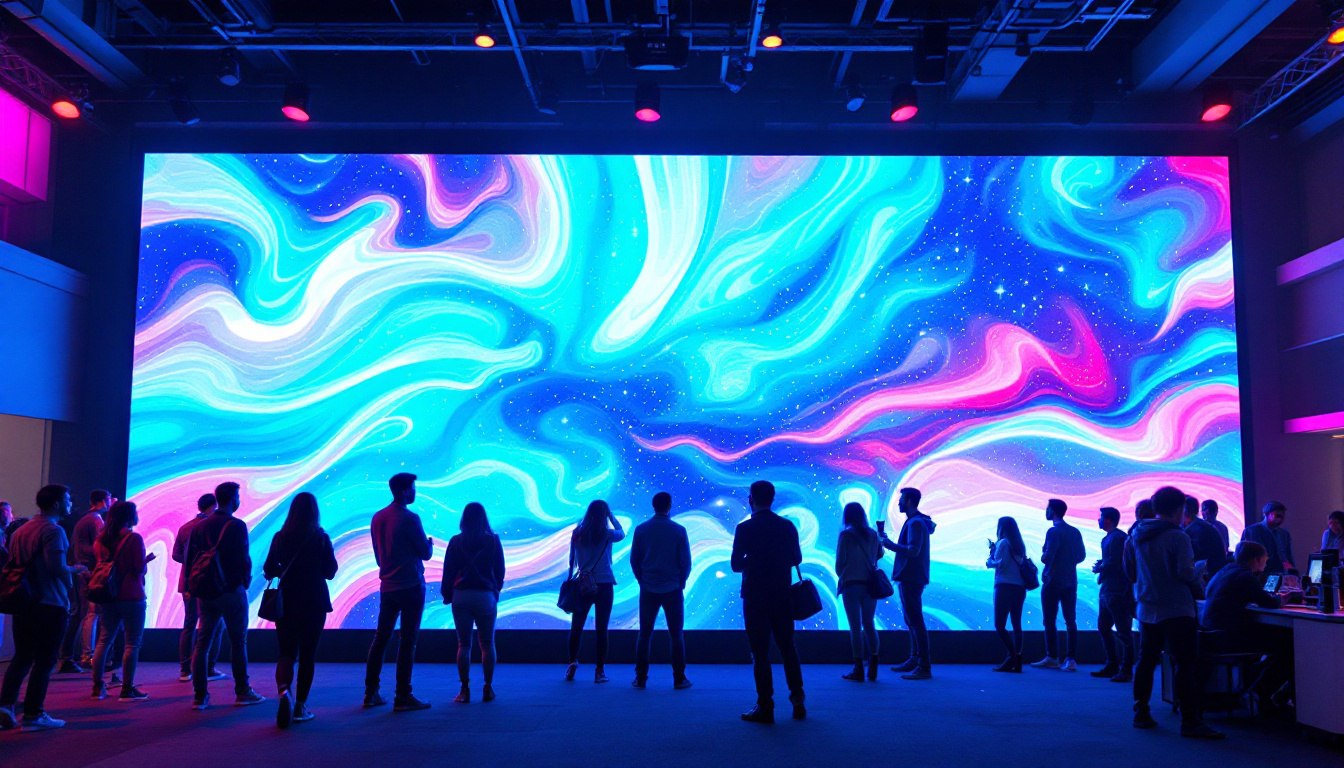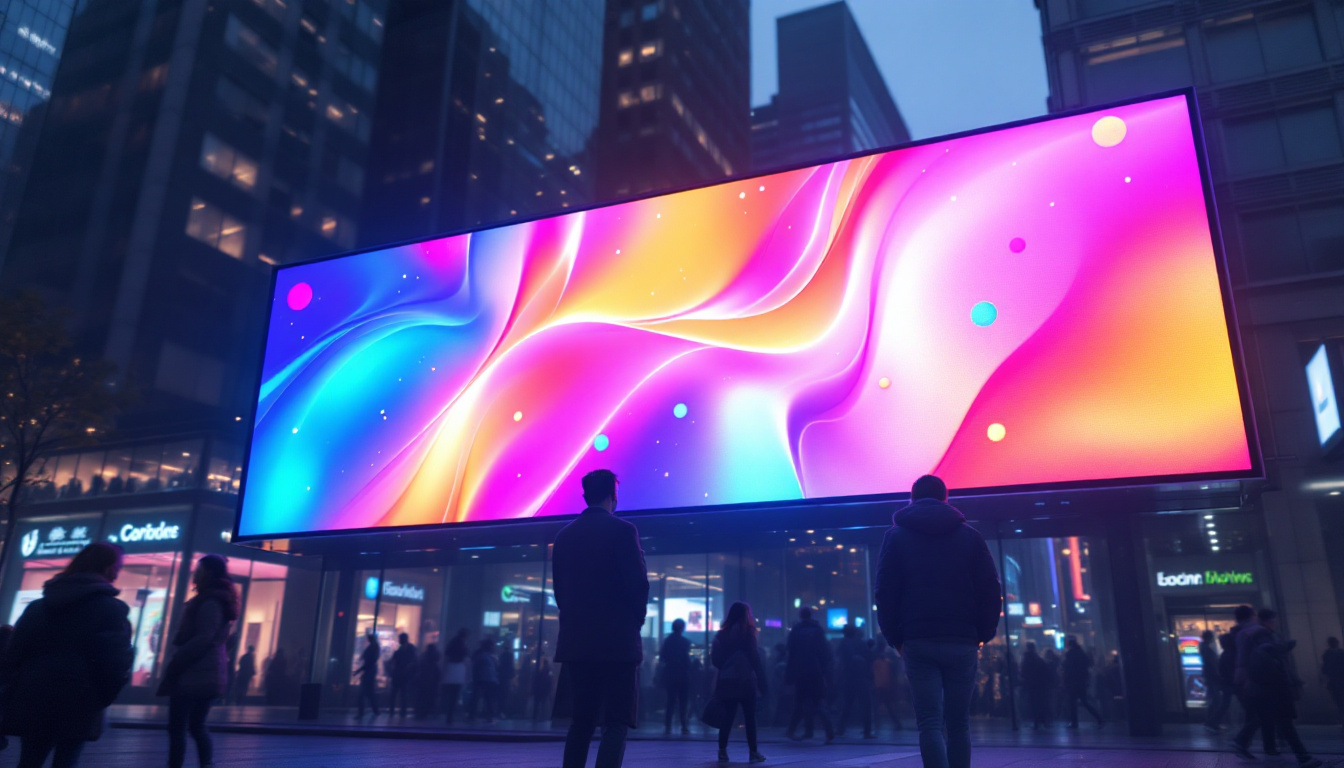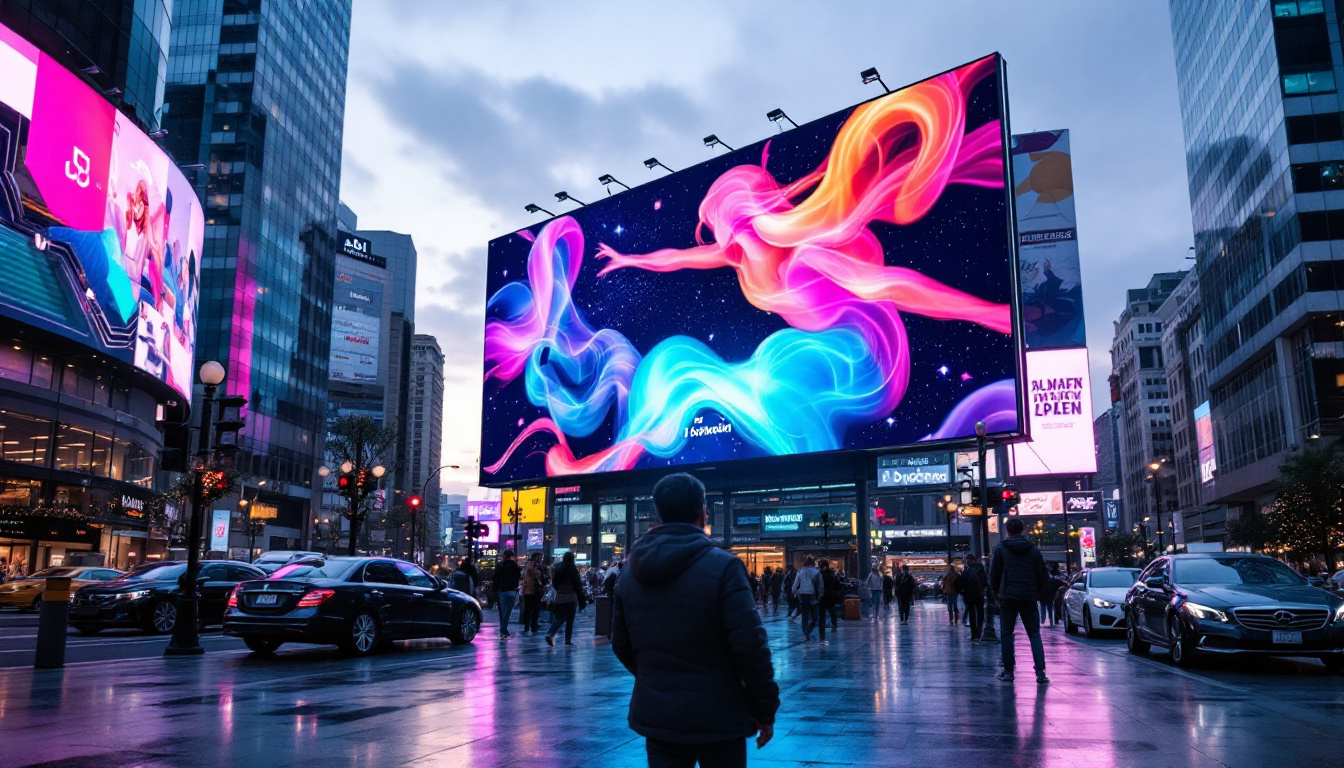In recent years, the demand for sleek, modern designs in technology has led to the rise of thin bezel LED displays. These displays not only enhance the aesthetic appeal of devices but also improve the user experience by maximizing screen real estate. Understanding the intricacies of thin bezel technology can provide valuable insights into its benefits, applications, and future trends.
What is a Thin Bezel LED Display?
A thin bezel LED display refers to a screen with minimal borders surrounding the actual display area. This design choice allows for a more immersive viewing experience, as the display appears to extend further into the surrounding environment. The term “bezel” refers to the frame that encases the display, and a thinner bezel means less distraction from the content being viewed.
Components of a Thin Bezel Display
Thin bezel displays utilize several key components to achieve their sleek appearance. The most notable is the display panel itself, which is often made from advanced materials that allow for thinner construction without sacrificing quality. Additionally, manufacturers employ innovative engineering techniques to minimize the size of the bezel while ensuring that the display remains durable and functional.
Another crucial aspect is the use of edge-lit LED technology. This method involves placing LED lights along the edges of the display, allowing for a thinner profile compared to traditional backlit displays. This design not only reduces the overall thickness of the screen but also enhances brightness and color accuracy.
Benefits of Thin Bezel Displays
Thin bezel displays offer several advantages that appeal to both consumers and manufacturers. One of the primary benefits is the enhanced visual experience. With less bezel, viewers can enjoy a more immersive experience, whether they are gaming, watching movies, or working on professional tasks.
Moreover, thin bezel displays are particularly advantageous in multi-monitor setups. The reduced borders between screens create a more seamless transition from one display to another, making it easier for users to multitask and manage their workflow efficiently.
In addition to their aesthetic appeal, thin bezel displays are often lighter and more portable than their thicker counterparts. This makes them an excellent choice for those who need to transport their screens frequently, such as professionals who give presentations or gamers who attend LAN parties. The lightweight design not only facilitates mobility but also contributes to easier installation and setup in various environments, whether at home, in the office, or on the go.
Furthermore, the trend towards thin bezel technology is also driven by consumer demand for sleek and modern designs. As interior aesthetics become increasingly important, many individuals seek displays that complement their living spaces or work environments. The minimalist look of thin bezel displays aligns well with contemporary design trends, making them a popular choice for stylish homes and modern offices alike. This combination of functionality and design has led to a growing market for these displays, as more consumers recognize the benefits they offer beyond just visual performance.
Applications of Thin Bezel LED Displays
Thin bezel LED displays are versatile and find applications in various fields. From consumer electronics to commercial displays, their sleek design and enhanced viewing experience make them a popular choice.
Consumer Electronics
In the realm of consumer electronics, thin bezel displays are prevalent in televisions, laptops, and smartphones. Manufacturers have recognized the consumer desire for larger screens without increasing the overall size of the device. As a result, many new models feature thin bezels, allowing for a more immersive viewing experience without compromising portability.
Smartphones, in particular, have seen a significant shift towards thin bezel designs. The trend towards larger screens has led to the development of edge-to-edge displays, where the screen occupies nearly the entire front of the device. This not only enhances the aesthetic appeal but also improves functionality, as users can enjoy more screen space for apps and media. Additionally, the reduction of bezels has allowed for innovative features such as in-display fingerprint sensors and front-facing cameras that are cleverly integrated into the screen design, further enhancing the user experience.
Commercial Displays
In commercial settings, thin bezel displays are widely used for digital signage, presentations, and video walls. Businesses often opt for these displays to create visually striking presentations that capture the attention of customers and clients. The minimized bezels ensure that the focus remains on the content being displayed rather than the hardware itself.
Video walls, in particular, benefit from thin bezel technology. When multiple screens are arranged in a grid, the reduced bezels create a more cohesive image, making it appear as though there is a single large display. This is particularly useful in settings like retail environments, control rooms, and event spaces, where impactful visuals are essential. Furthermore, the seamless integration of thin bezel displays allows for dynamic content to be showcased, such as live feeds, promotional videos, or interactive displays, enhancing customer engagement and creating memorable experiences. The ability to easily scale these video walls by adding or removing screens also provides flexibility for businesses looking to adapt to changing needs or environments.
Challenges in Thin Bezel Technology
Despite the many advantages of thin bezel LED displays, there are challenges that manufacturers must address. As the demand for thinner designs grows, maintaining display quality and durability becomes increasingly complex.
Durability Concerns
One of the primary challenges with thin bezel displays is ensuring durability. Thinner bezels can lead to increased vulnerability to damage, especially in environments where displays are frequently moved or adjusted. Manufacturers must balance the desire for a sleek design with the need for robust construction to withstand everyday wear and tear.
To combat this issue, many companies are investing in advanced materials and manufacturing techniques. For instance, using reinforced glass or specialized plastics can enhance the durability of thin bezel displays without significantly increasing thickness. Additionally, some manufacturers are exploring the use of nanotechnology to create protective coatings that can resist scratches and impacts, further extending the lifespan of these displays.
Cost Considerations
Another challenge associated with thin bezel technology is the cost. Producing displays with thinner bezels often requires more advanced manufacturing processes and materials, which can drive up the price. Consumers and businesses alike may be hesitant to invest in these displays if they perceive the cost to be too high.
However, as technology advances and production methods improve, the cost of thin bezel displays is expected to decrease. This trend will likely make them more accessible to a broader audience, encouraging widespread adoption. Furthermore, the long-term savings associated with energy efficiency and reduced maintenance costs can make thin bezel displays a more attractive investment over time, prompting more businesses to consider them as viable options for their display needs.
Integration with Other Technologies
Another layer of complexity in thin bezel technology is its integration with other emerging technologies. As smart displays become more prevalent, manufacturers face the challenge of incorporating advanced features such as touch sensitivity, augmented reality, and high dynamic range (HDR) capabilities into their thin bezel designs. These features often require additional components and technology that can complicate the manufacturing process and potentially affect the overall aesthetics of the display.
Moreover, as consumers increasingly demand seamless connectivity with other devices, the integration of wireless technologies and smart home systems becomes essential. This adds another dimension to the design and engineering challenges that manufacturers must navigate, as they strive to create displays that not only look good but also function flawlessly in a connected environment. Balancing these technological advancements with the sleekness of thin bezels remains a critical focus for the industry.
Future Trends in Thin Bezel Displays
The future of thin bezel LED displays looks promising as technology continues to evolve. Several trends are emerging that could shape the next generation of displays.
Advancements in Display Technology
As display technology progresses, manufacturers are exploring new ways to reduce bezel size while enhancing image quality. Innovations such as OLED and MicroLED technology are paving the way for even thinner designs with improved color accuracy and contrast ratios.
These advancements may lead to displays that not only feature thinner bezels but also offer superior performance, making them even more appealing to consumers and businesses alike.
Integration with Smart Technology
Another trend is the integration of thin bezel displays with smart technology. As smart homes and IoT devices become more prevalent, the demand for displays that seamlessly connect with other devices is increasing. Thin bezel displays can serve as central hubs for controlling various smart devices, offering a sleek and modern interface.
This integration could also lead to the development of interactive displays that allow users to engage with content in new ways, further enhancing the overall user experience.
Conclusion
Thin bezel LED displays represent a significant advancement in display technology, offering a blend of aesthetic appeal and enhanced functionality. As consumers and businesses continue to seek out sleek, modern designs, the demand for these displays is likely to grow.
While challenges such as durability and cost remain, ongoing advancements in technology and manufacturing processes are expected to address these issues. The future of thin bezel displays is bright, with exciting developments on the horizon that promise to elevate the viewing experience to new heights.
Ultimately, understanding the intricacies of thin bezel technology can help consumers make informed decisions when choosing their next display, ensuring they select a product that meets their needs and enhances their visual experience.
Discover the Future of Display Technology with LumenMatrix
Ready to experience the ultimate in sleek design and immersive visual experiences? LumenMatrix is at the forefront of LED display innovation, offering a wide array of solutions tailored to meet your needs. From captivating Indoor LED Wall Displays to dynamic Outdoor LED Wall Displays, and from versatile Vehicle LED Displays to stunning LED Transparent Displays, our mission is to transform your visual communication. Elevate your brand visibility and engage your audience like never before. Check out LumenMatrix LED Display Solutions today and step into the future of display technology.

